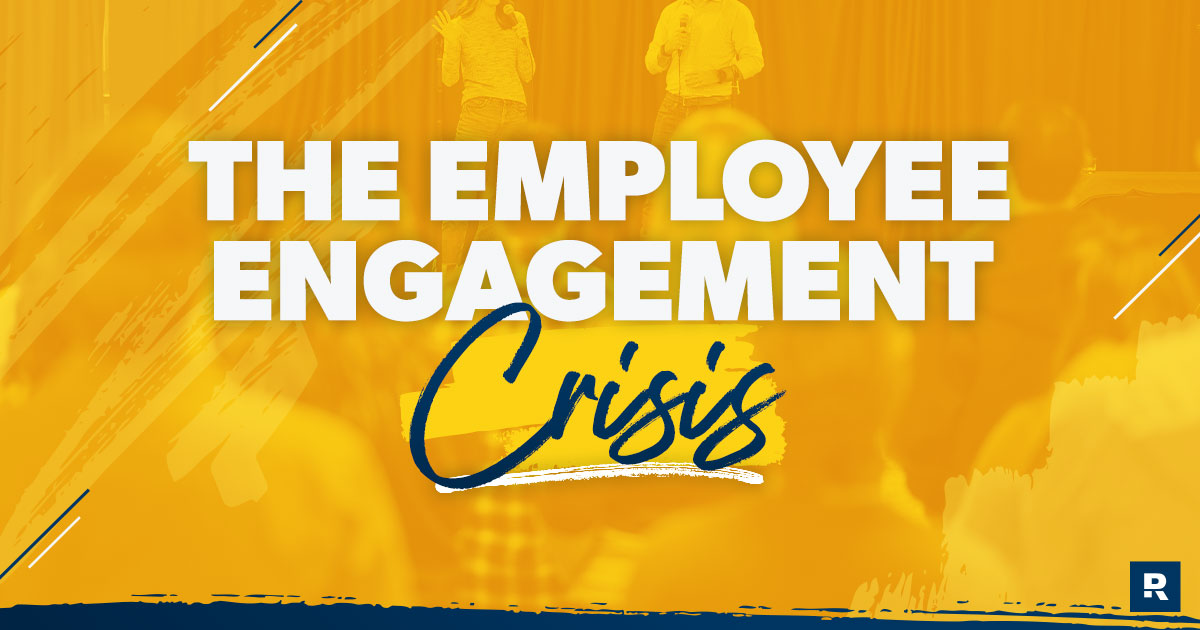Despite growing efforts among HR leaders to improve employee engagement in American companies, a 2016 Gallup study reveals only 32% of employees are “involved in, enthusiastic about and committed to their work and workplace.”
That’s right—less than a third of the team you lead is engaged with your organization! Painful as it may be to believe, the majority of American employees are zoned out at work and have little or no commitment to the companies they work for.
Why Has Engagement Been So Low for So Long?
Low engagement has been a longstanding problem, dating back at least 15 years to the time Gallup began tracking it in 2000. Their researchers believe stagnant engagement is caused by the way companies often confuse measuring engagement with any efforts to improve it. Some of the mistakes Gallup highlights include:
-
Fixating on employee satisfaction surveys
-
Failure to define specific measures of higher performance
-
Neglecting to develop leaders in the workforce
-
Catering to employee wants rather than helping them see themselves as company stakeholders
Five Ways Forward
1. Integrate engagement into every part of your company’s human resources strategy. If you want your employees’ heads in the game, you can’t just take a start-and-stop approach. Driving engagement is a goal your company’s whole leadership should prioritize throughout the organization. Employee surveys come into play, but you must decide on a plan for following up on engagement feedback and holding leaders accountable for results.
2. Use a proven instrument to measure engagement. All engagement surveys are not created equal. Be sure you’re asking the right kinds of questions and gathering data that you can leverage over time to increase engagement.
3. Determine where your company is today and cast a vision for where you want to be in the future. There is no single, universal five-year plan for charming your employees into a high level of enthusiastic involvement in your company’s mission. Once you know how many of your people are already well engaged, you can define action steps to improve your numbers. You should also set some engagement goals for both the short and long term.
4. Focus on practical strategies and resist an abstract idea of “engagement.” This goes back to the temptation of simply distributing an employee survey and thinking you’ve taken care of the engagement issue. In reality, getting employees to love the work they’re doing is never abstract. It’s always practical, and it’s usually centered on the following:
-
Defining specific work expectations
-
Giving employees all they need to do their work
-
Providing all necessary training
-
Caring about the people you hire
-
Assigning people to do what they do best
-
Nurturing high levels of trust
5. Integrate engagement goals into your company’s culture. In a way, engagement is just another word for work that is hard but rewarding. Caring about whether your employees are on board with your company’s long-term goals and values is not negotiable. When employees see that your company has more than a merely financial interest in them, they will join the culture and buy into your vision.
Learn the Ramsey way of building a successful business through EntreLeadership’s business coaching, conferences and tools.


